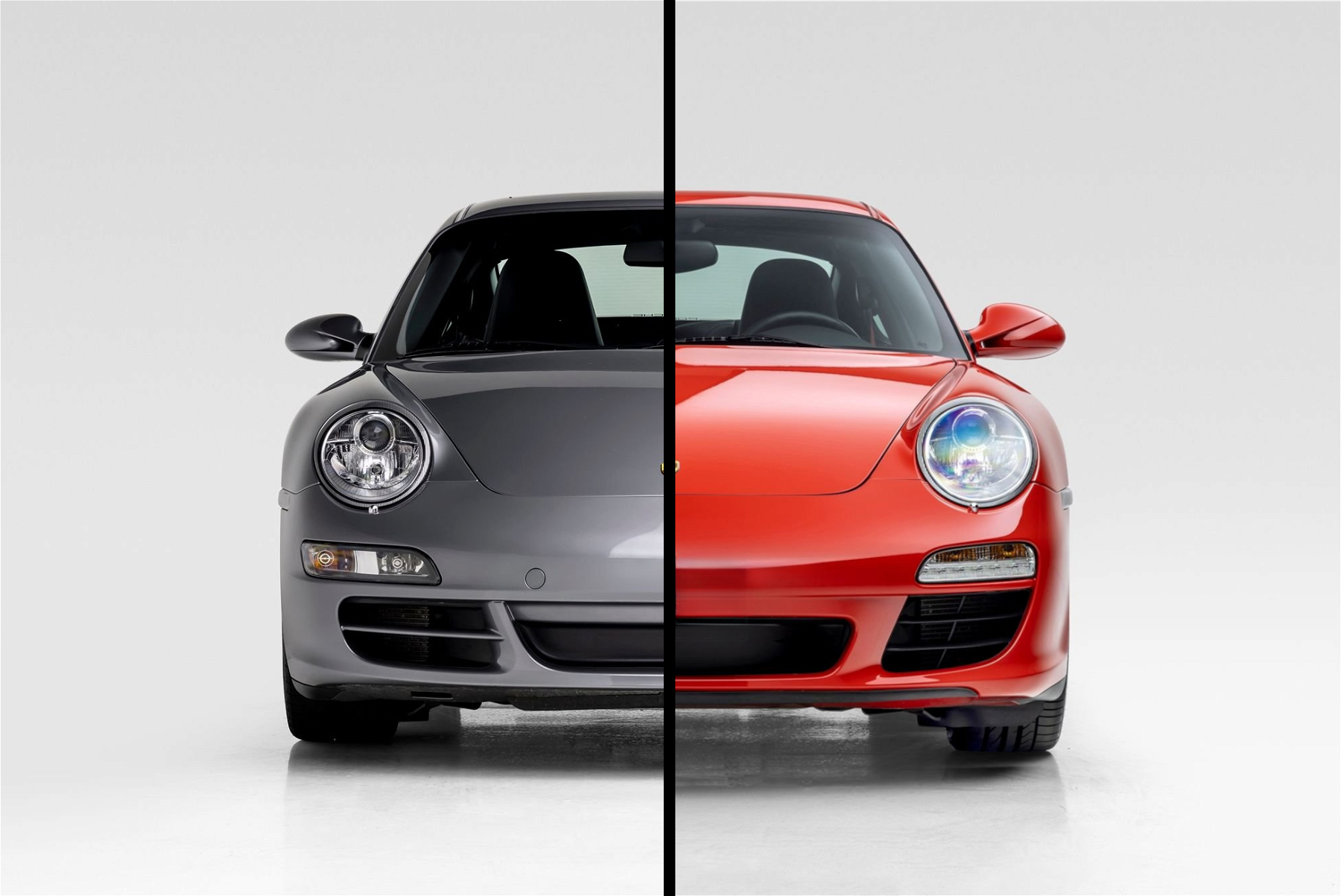
With the Porsche 997, the Zuffenhausen-based company returned to the classic 911 front end with round headlights after a brief intermezzo with S-shaped headlights. With success. The second water-cooled 911 generation even topped the record sales figures of its predecessor. 213,004 Porsche 997s were built, almost 38,000 more than 996s. The 997 is also very popular on the second-hand market. Today, the Porsche 997 Carrera (S) is considered one of the best entry-level choices in the 911 world. But which one is the better buy? Porsche 997.1 or 997.2 Carrera (S)? What are the biggest differences between them? Which is the better overall package?
All Carrera, Carrera 4, Carrera S and 4S models from model years 2004 to 2008 are referred to as Porsche 997.1 Carrera. The Carrera, Carrera 4, Carrera S and 4S models produced from model year 2009 to 2012 are referred to as Porsche 997.2 Carrera. We did not include the 997 Carrera GTS models here, as they can be seen as a step above.
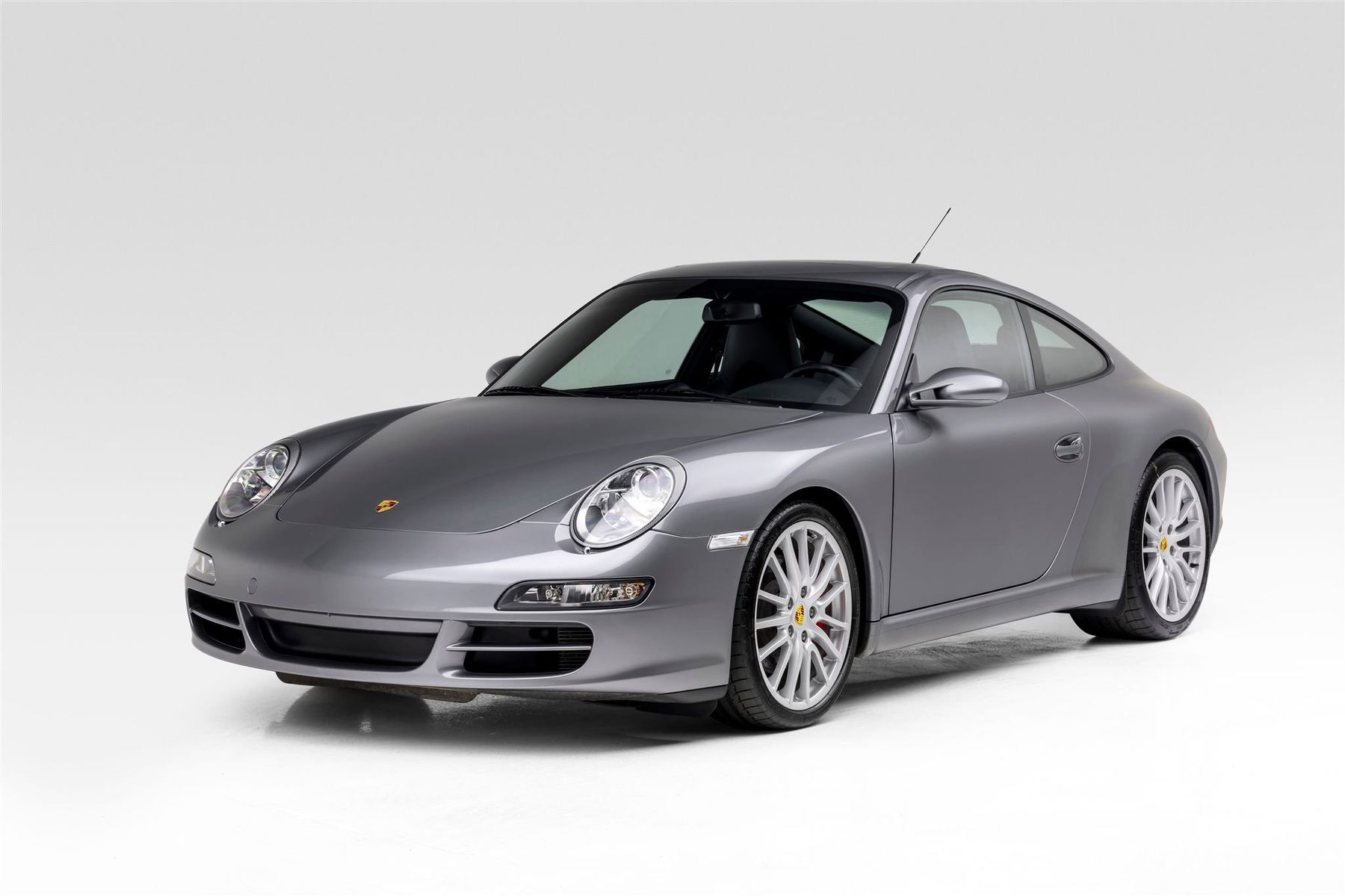
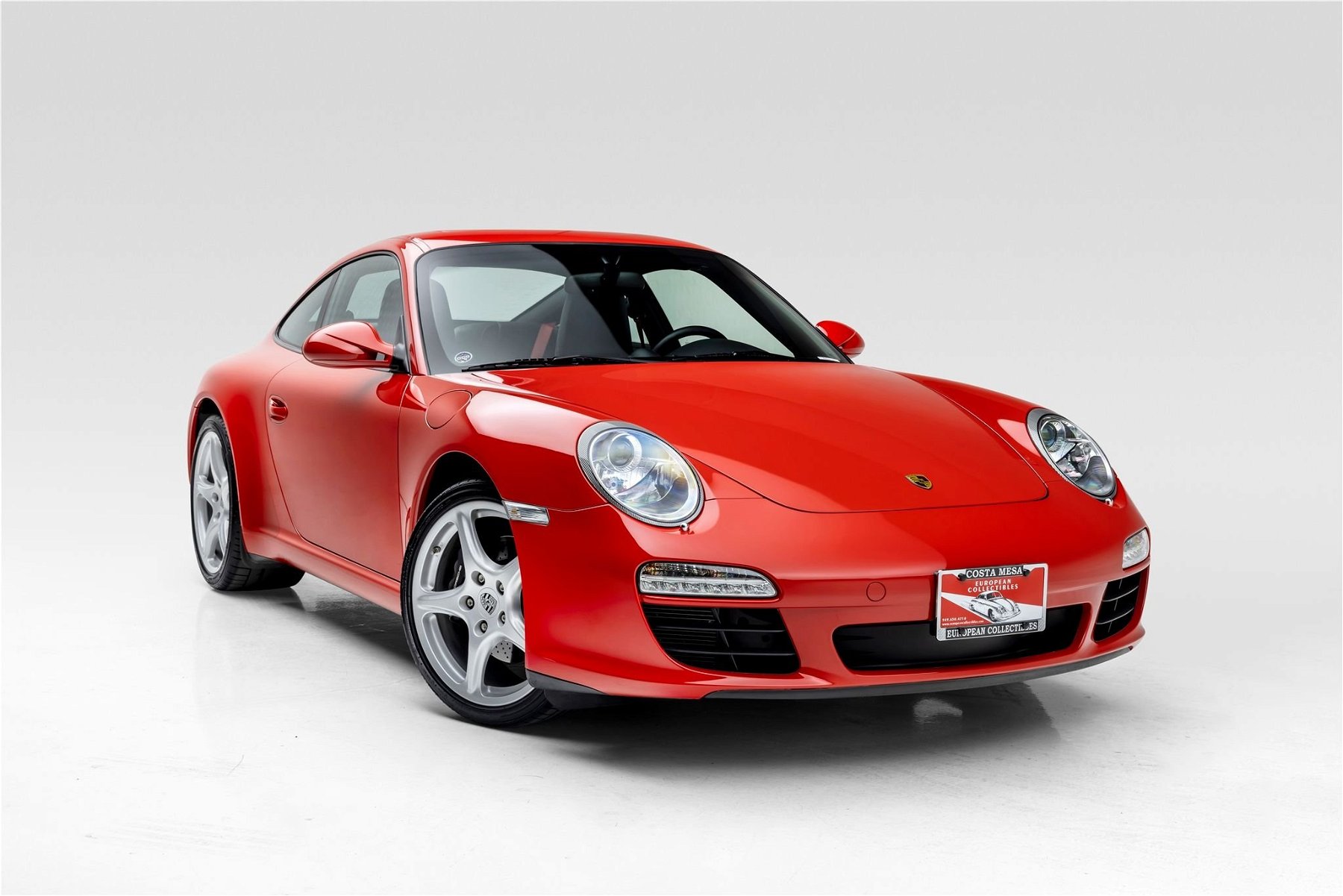
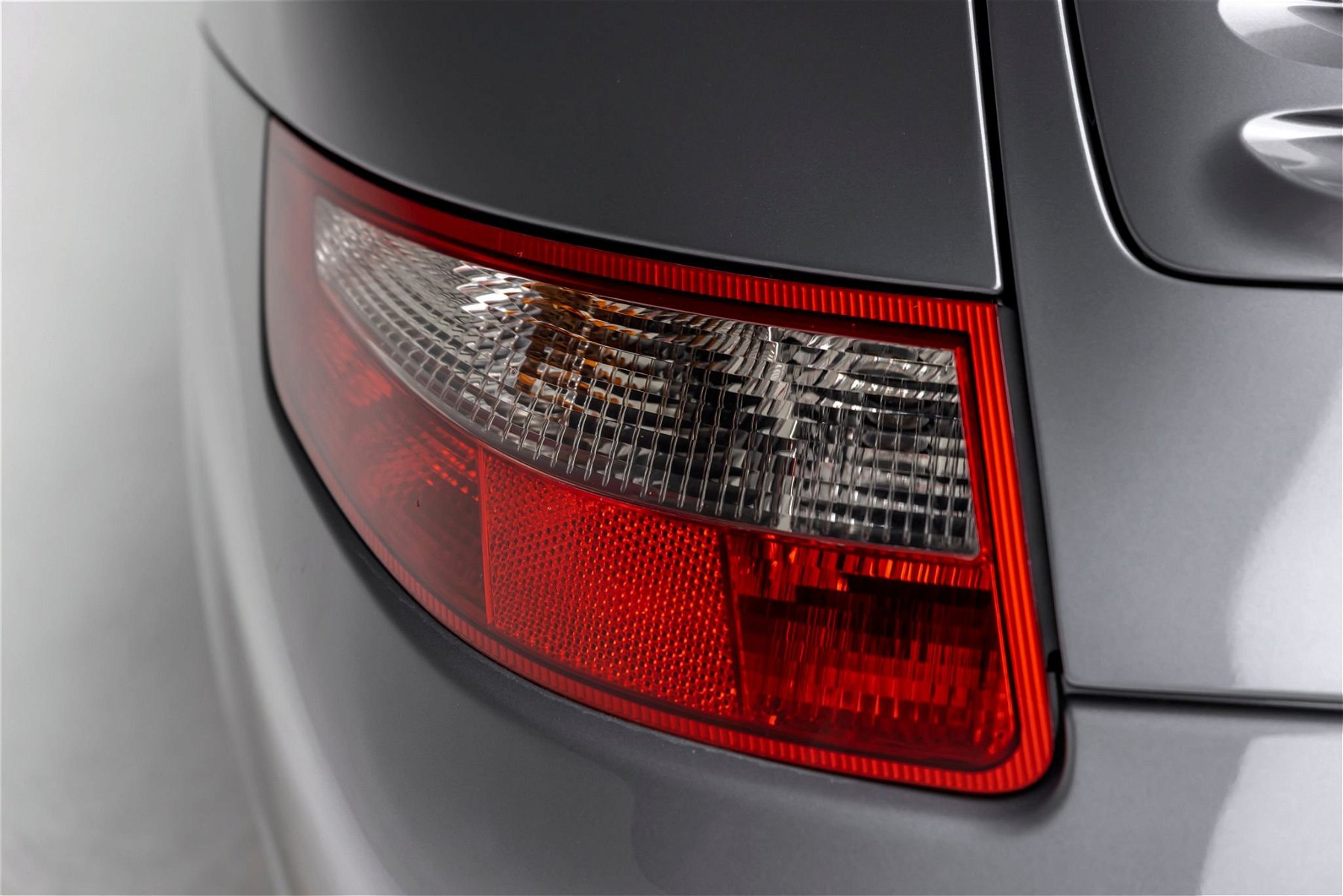
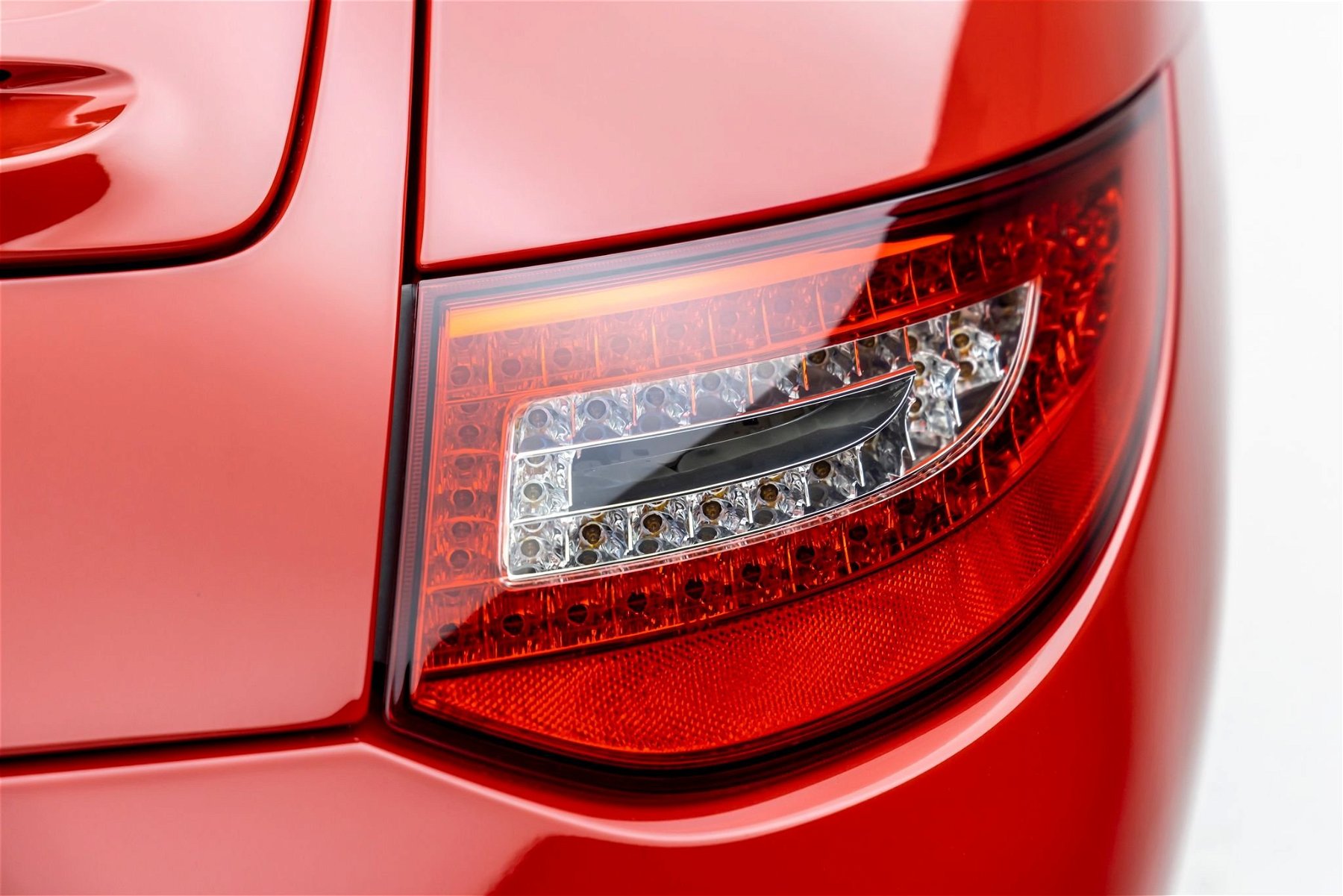
While the Porsche 997 was initially very closely related to the 996, this changed drastically with the introduction of the 997.2. Even from the outside, the Porsche 997.2 Carrera presented a more modern appearance. The revised front apron housed LED daytime running lights and bi-xenon headlights as standard. Instead of the air intakes with a cross strut in body color already familiar from the 986 and 996, the 997.2 Carrera opted for black, larger intakes with two struts.
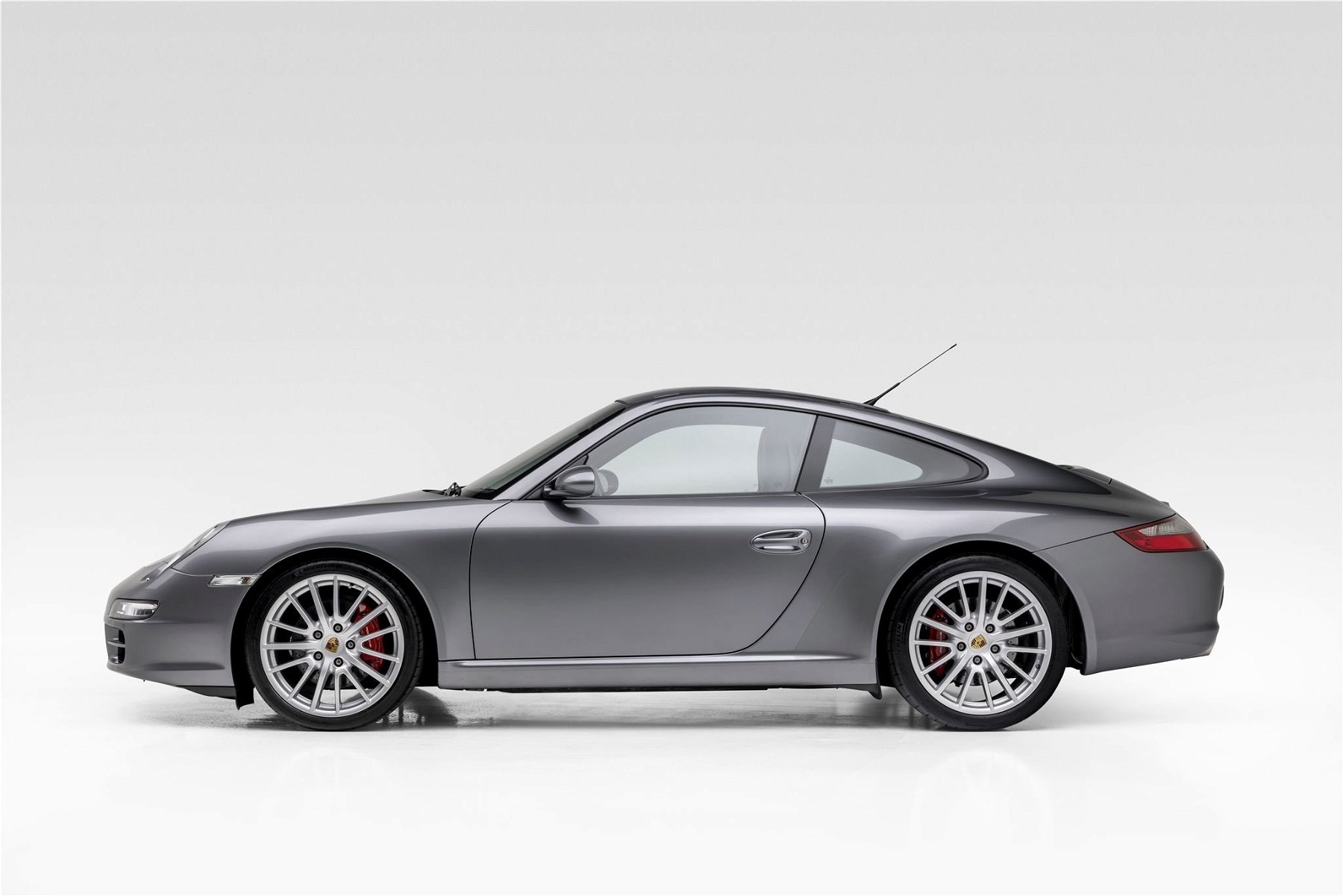
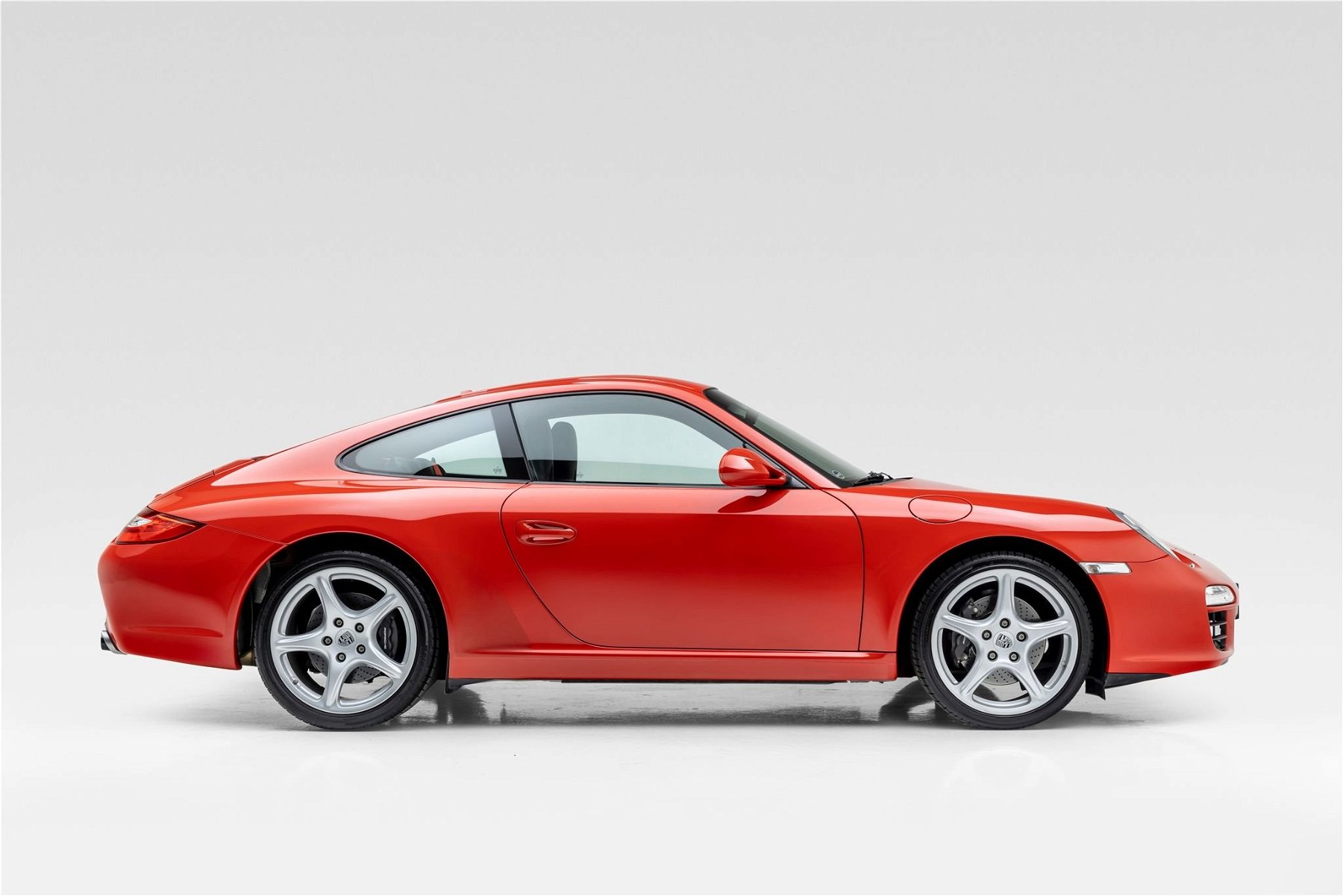
Porsche carefully adapted the side profile and anticipated a few styling elements of the 991.1. The contour of the front apron remained almost unchanged though. Depending on the color, the circumferential beading at the rear of the Porsche 997.2 Carrera is somewhat more noticeable. It runs in line with the side sills before framing the silhouette with a curve around the corner of the rear apron. The proudly presented new LED taillights have also been given a different shape. They are more pointed and visually stretch the car. These little tricks ensure that the 997.2 looks a little more modern in direct comparison to the 997.1.
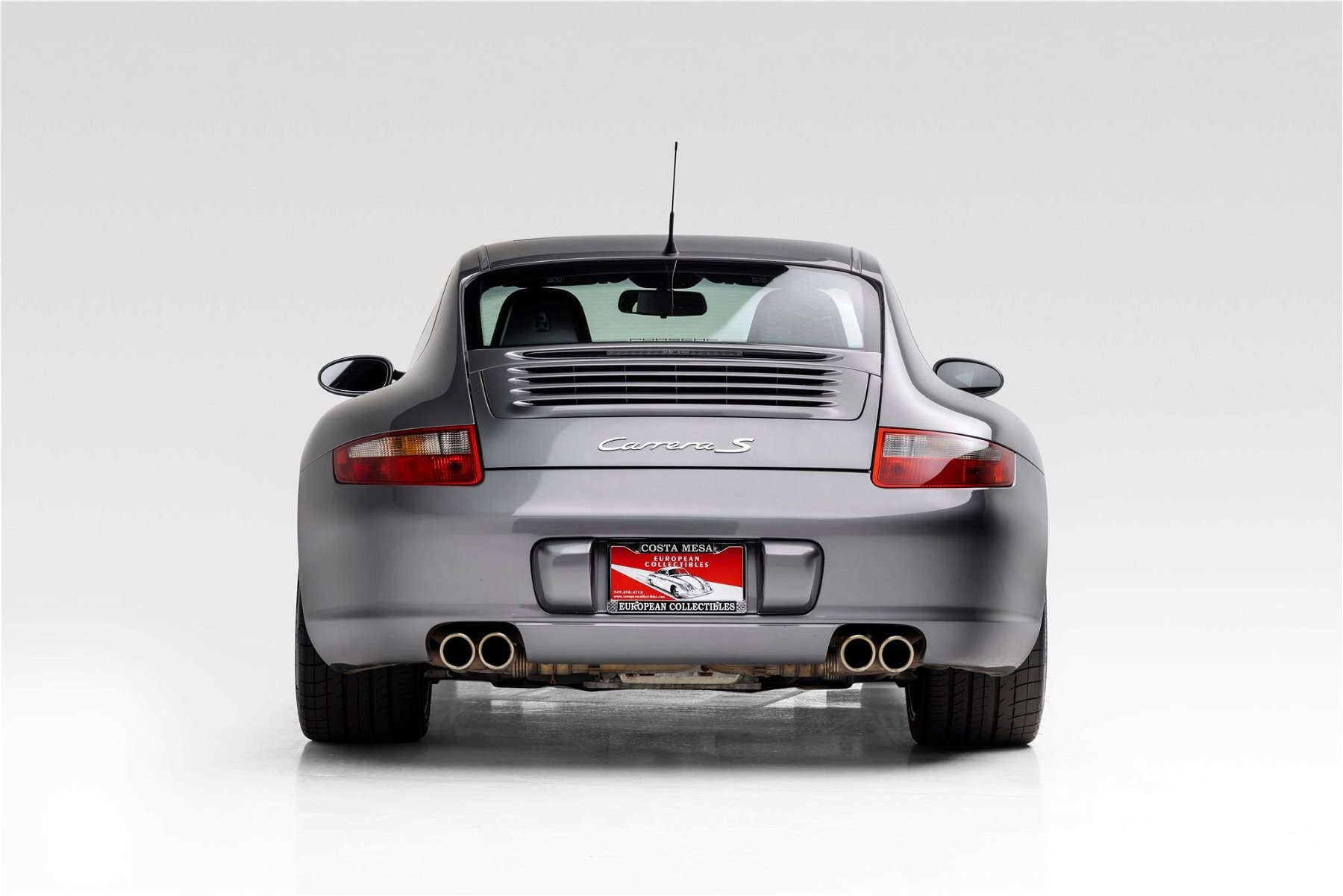
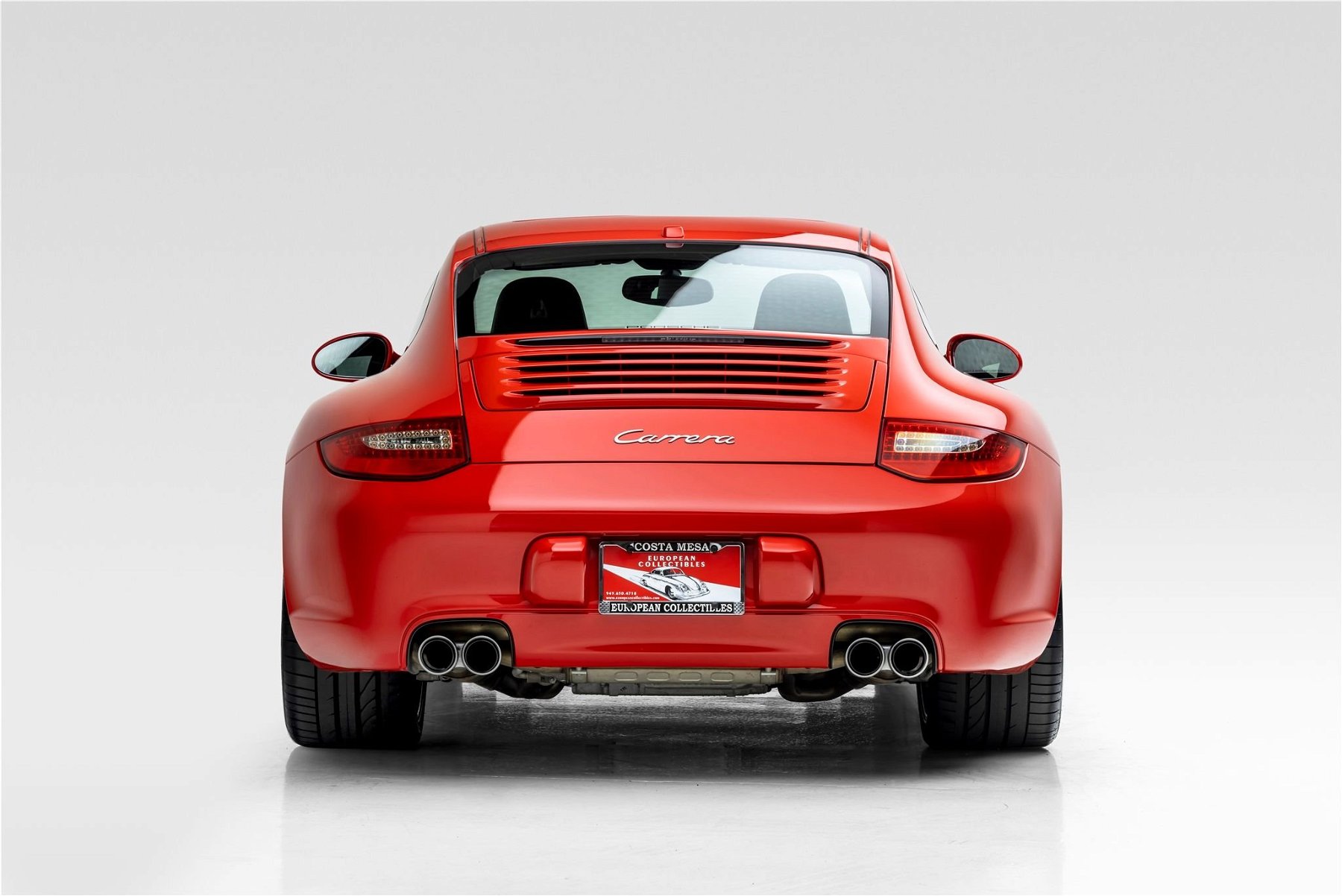
After the Porsche 997 family initially had to make do with minimally adapted engines and gearboxes from the 996, the 997.2 Carrera was a genuine revolution. Instead of the M97 engines, newly developed six-cylinder boxer engines with direct fuel injection (DFI) were used. The new MA1 engines delivered 20 hp more in the Carrera, and even 30 hp more in the Carrera S. At the same time, fuel consumption was reduced by up to ten percent. However, the driving performance didn’t change all that much.
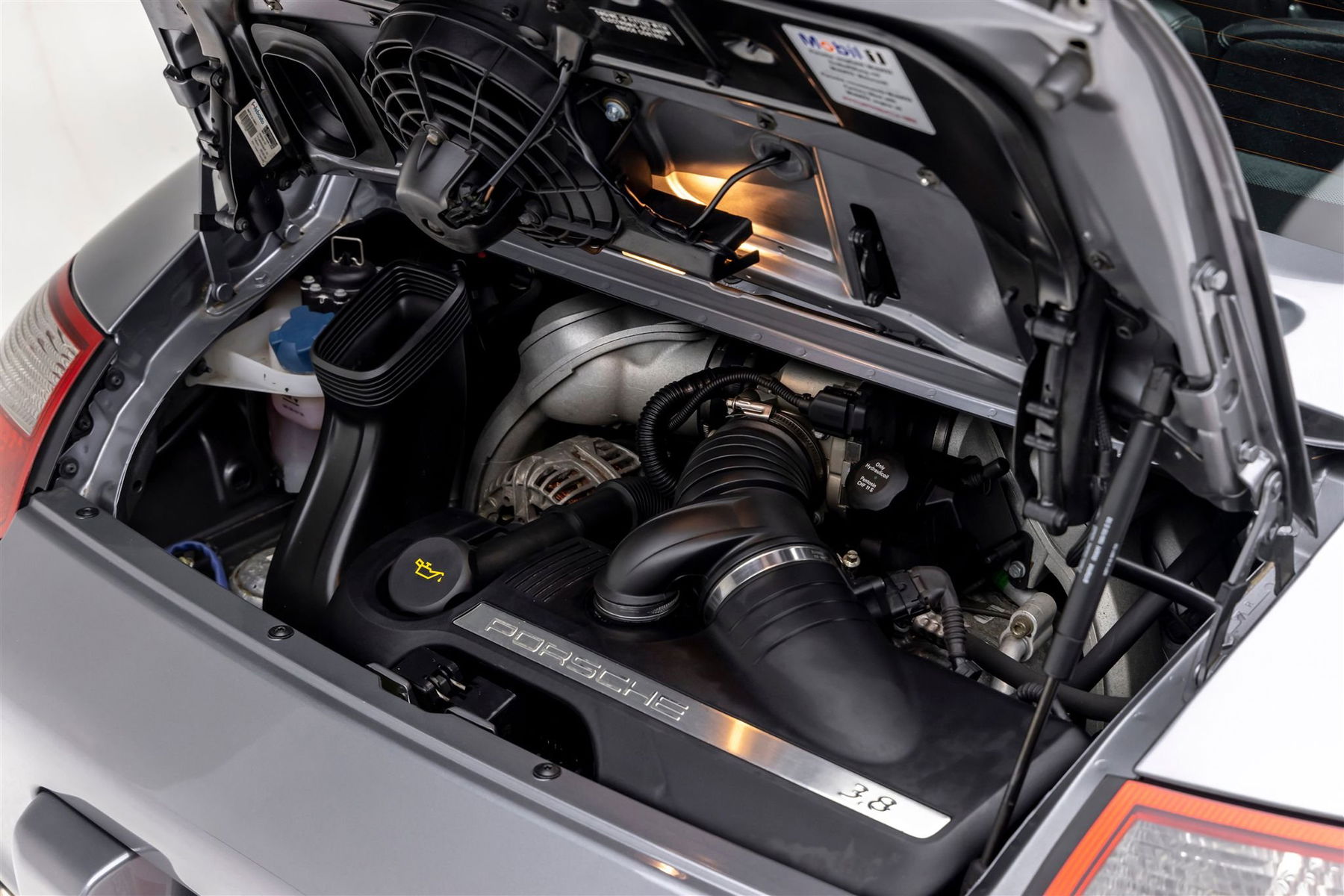
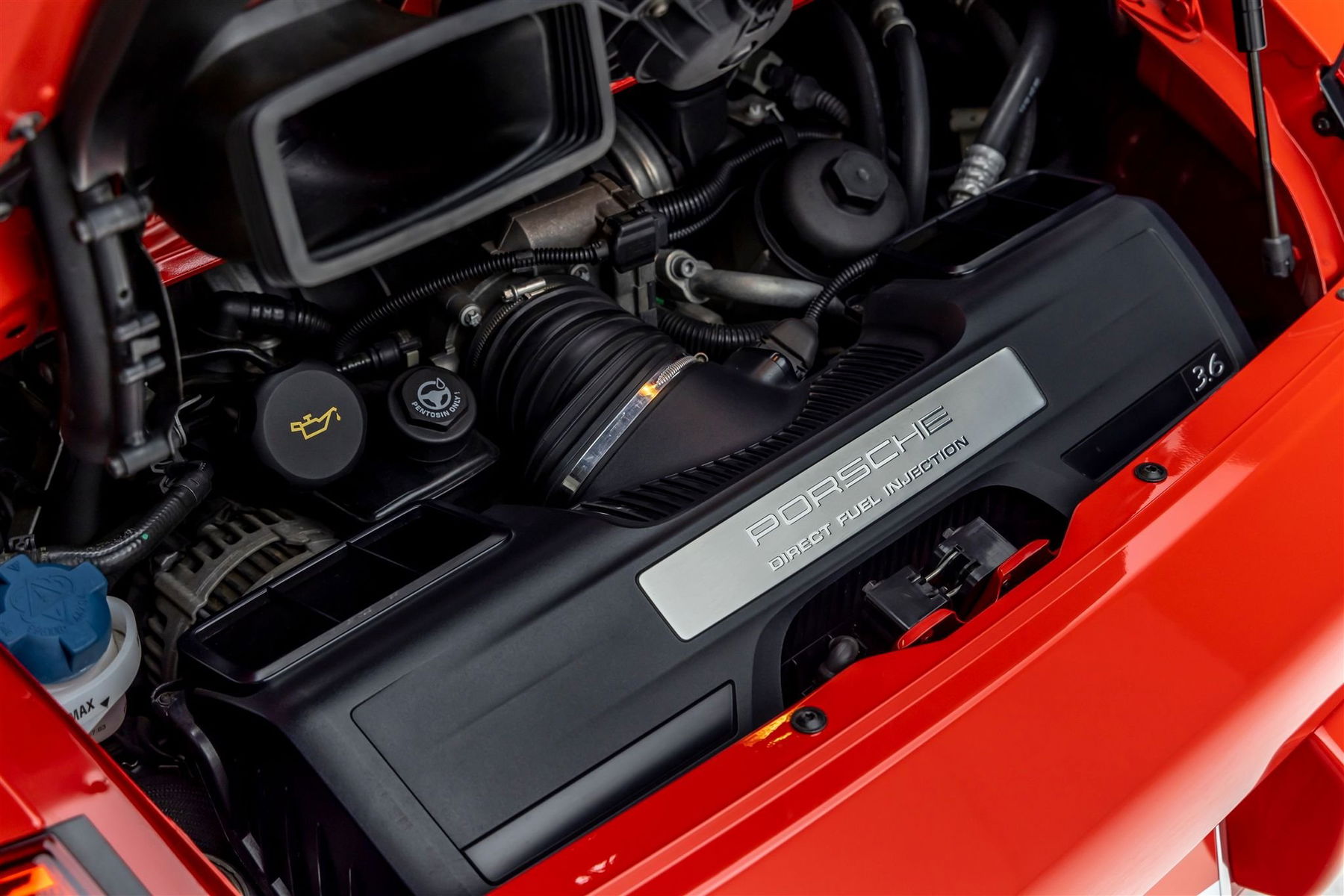
Even more significant was the revolution in gearboxes. Those who ordered their 911 from model year 2009 onwards without a third pedal did not get the outdated Tiptronic S. Instead, the new Porsche dual-clutch transmission entered the scene. With it, the choice of an automated transmission no longer meant compromising on sportiness. On the contrary, extremely quick gear changes and seven speeds made it possible to achieve even better performance and lower fuel consumption than the manual gearbox.
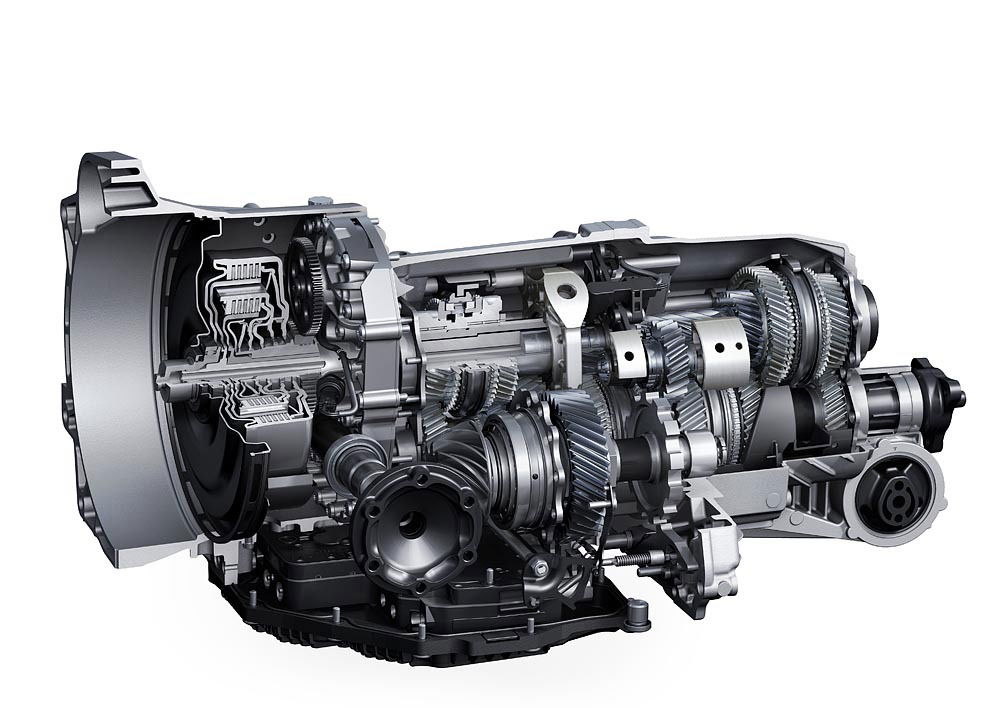
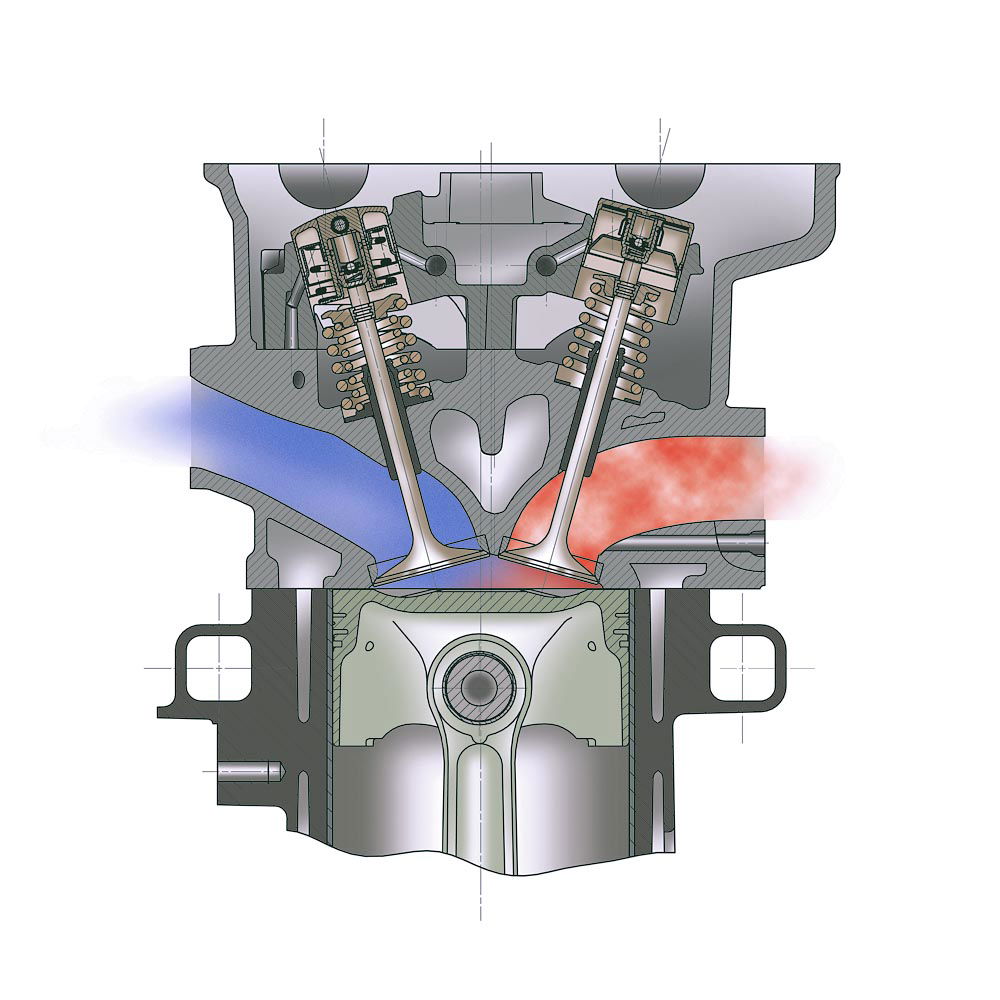

Inside, there was less new in the change from Porsche 997.1 to 997.2 Carrera (S). Door panels, instruments, dashboard, seats… all remained unchanged. However, Porsche refreshed the steering wheels. In particular, the beautiful three-spoke steering wheel with aluminum clasps noticeably upgraded the 997.2’s interior. Their enlarged PCM display with touchscreen also looked fresher, even if Bluetooth music streaming only worked with retrofit solutions.
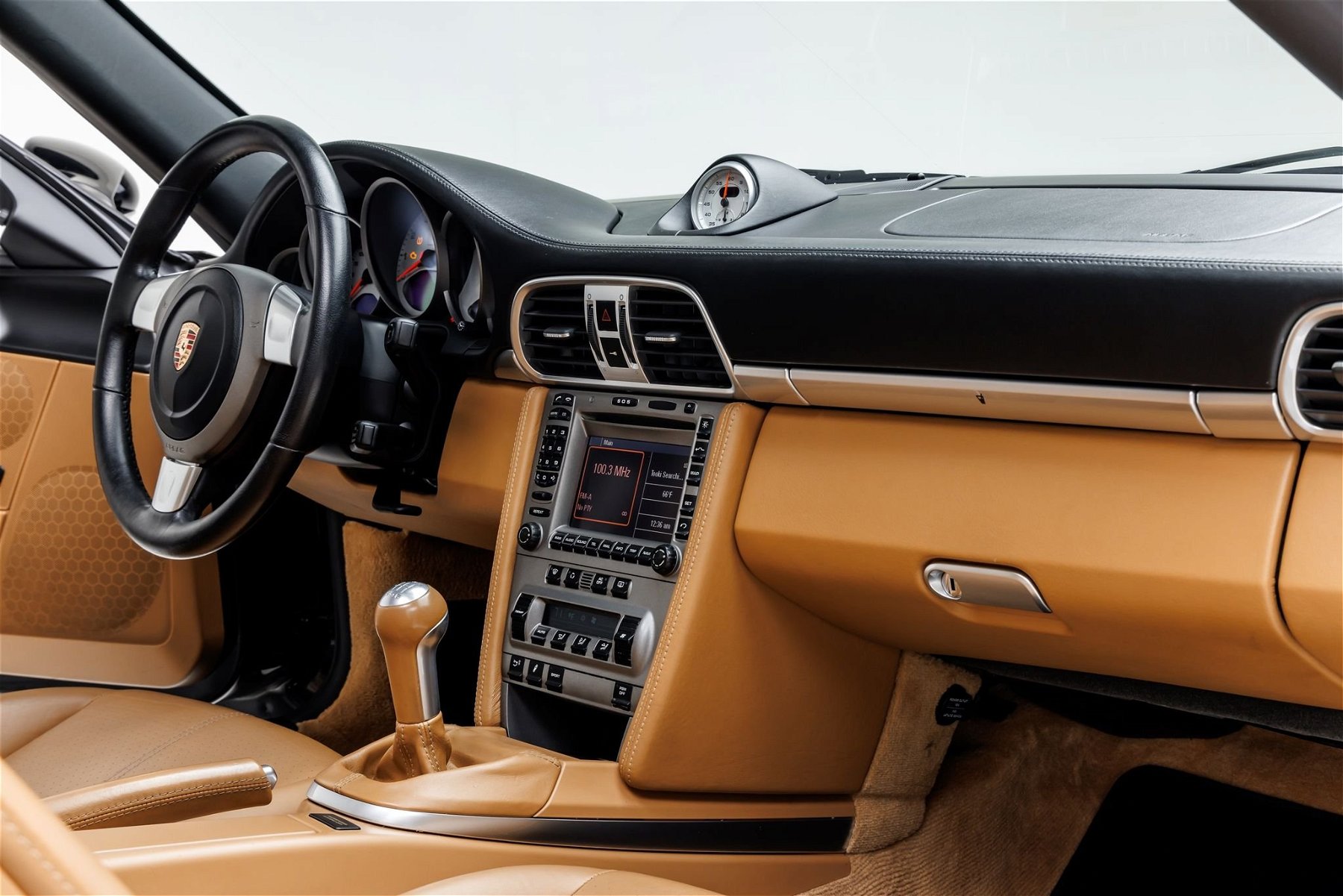
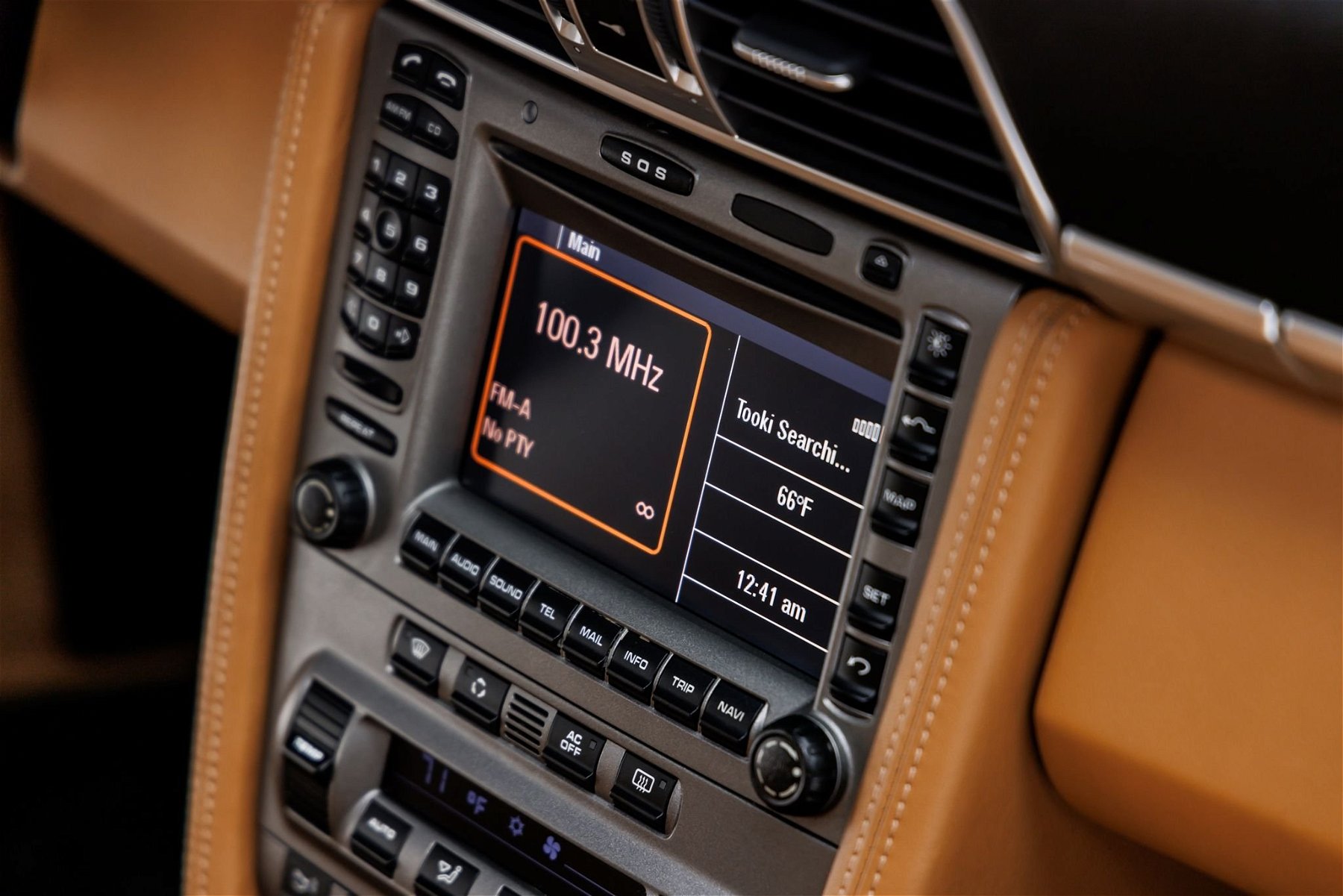
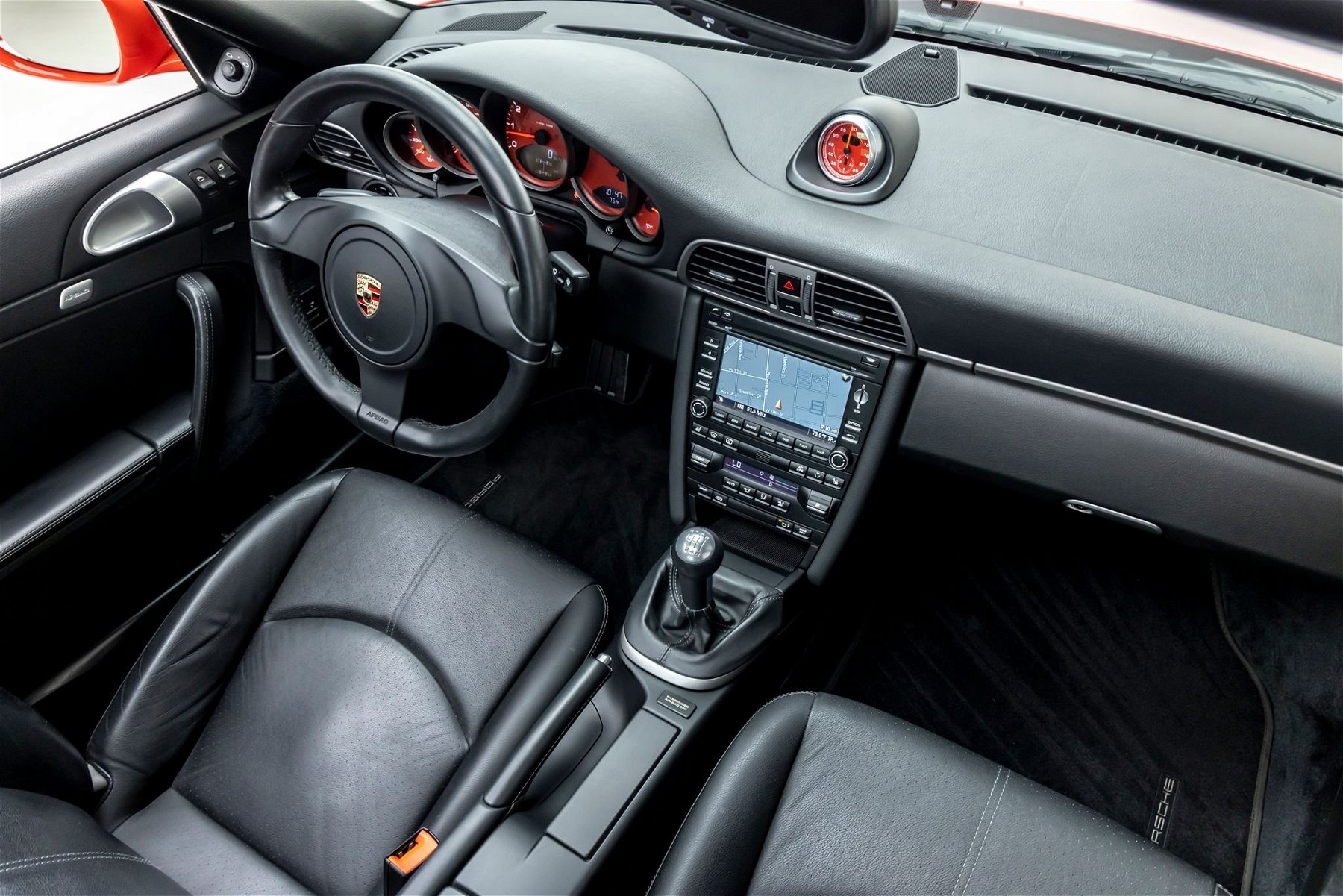
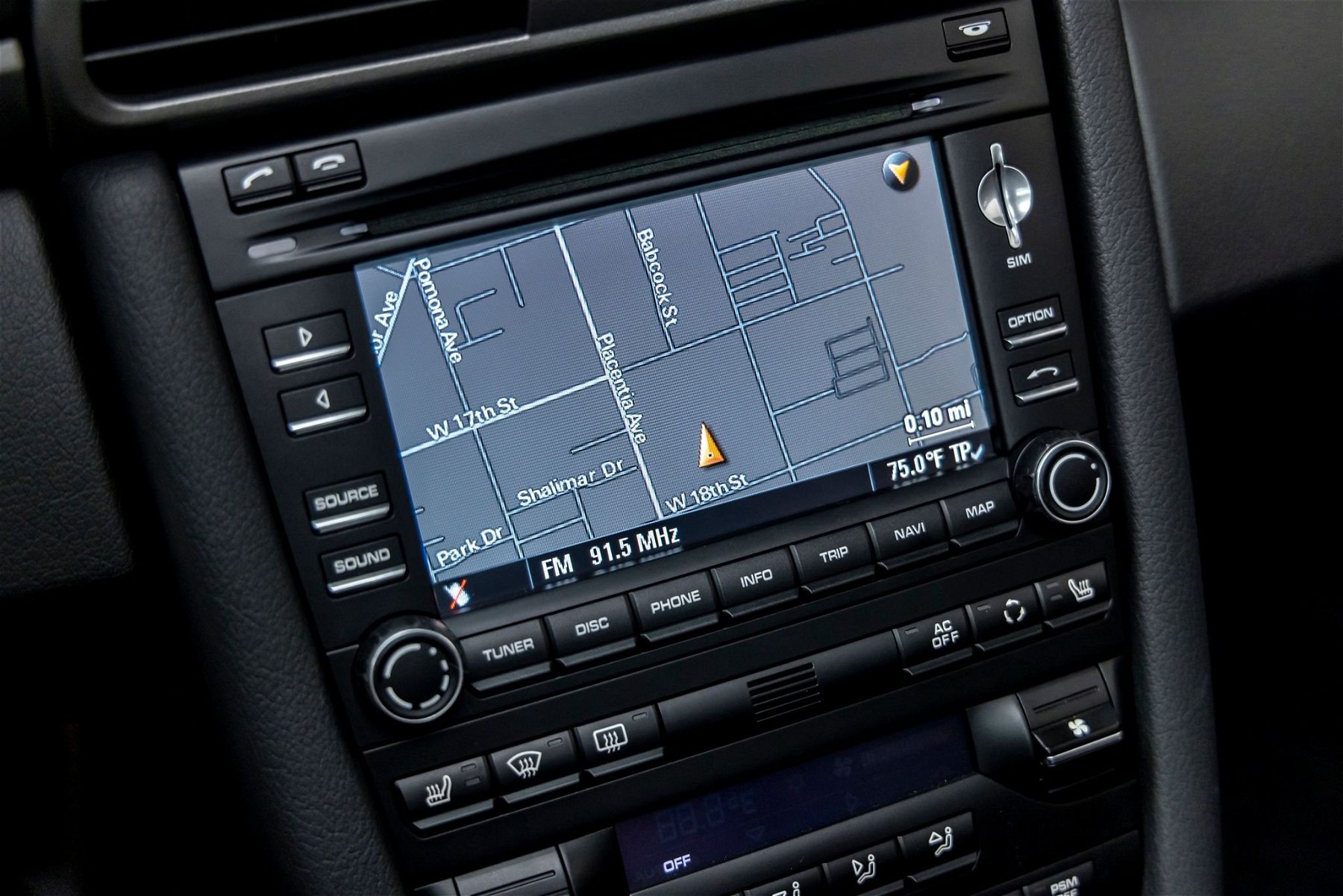
Due to the recent price increases for the first water-cooled Porsche 911s, the 997 has increasingly come into focus as a good entry-level Porsche. The Porsche 997.1 Carrera in particular is attractively priced. Early 997.1 Carrera and Carrera 4 models appear on the market for less than 40,000 euros from time to time.
Of course, in this price class you have to make small compromises when it comes to color and equipment. Sports seats and exciting color combinations also come at an extra cost in the first 997. Apart from that, however, you get a lot of car for your money. Average prices in 2023 were around 52,000 euros. 997.1 Carrera S and 4S cost an average of around 10,000 euros more.
Porsche 997.2 Carrera are a good deal higher, even without the S. Here we are more in the region of 65,000 euros on average. If you have your eye on the 997.2 Carrera S or 4S, you have to add another 10,000 euros on top of that. Prices for both generations have come up in recent years, although the rise has come to a halt as it seems – for now.
Looking at these figures, newcomers to the Porsche world will certainly wonder where the price difference between the 997.1 and 997.2 Carrera comes from. Especially as they look so similar to everyone outside the Porsche bubble. Yeah, there are differences. And they do make the 997.2 look a tad more modern. But the higher prices of the 997.2 can only be explained by its younger age, lower production numbers and the technical innovations coupled with a pinch of psychology.
The price difference between the 997.1 and 997.2 used to be greater.
The points of appearance and age are certainly self-explanatory. Even if the visible differences are only minor, they make the Porsche 997.2 Carrera a more modern design that is still a head-turner even after fifteen years. And while prospective buyers can choose from a total of almost 110,000 Porsche 997.1 Carrera and Carrera S, there were only just over 50,000 Carrera of the second 997 generation.
The psychological component mentioned above will be exciting. Because a (supposed) sword of Damocles hangs over the Porsche 997.1 Carrera and Carrera S. The M96 generation engines in the 997.1 Carrera and M97 in the 997.1 Carrera S gained dubious notoriety due to a few design flaws. Problems with the intermediate shaft bearings (IMS) and coatings on the cylinder liners fill pages and pages of Internet forums. Over the years, the dust that the heated debates stirred up settled.
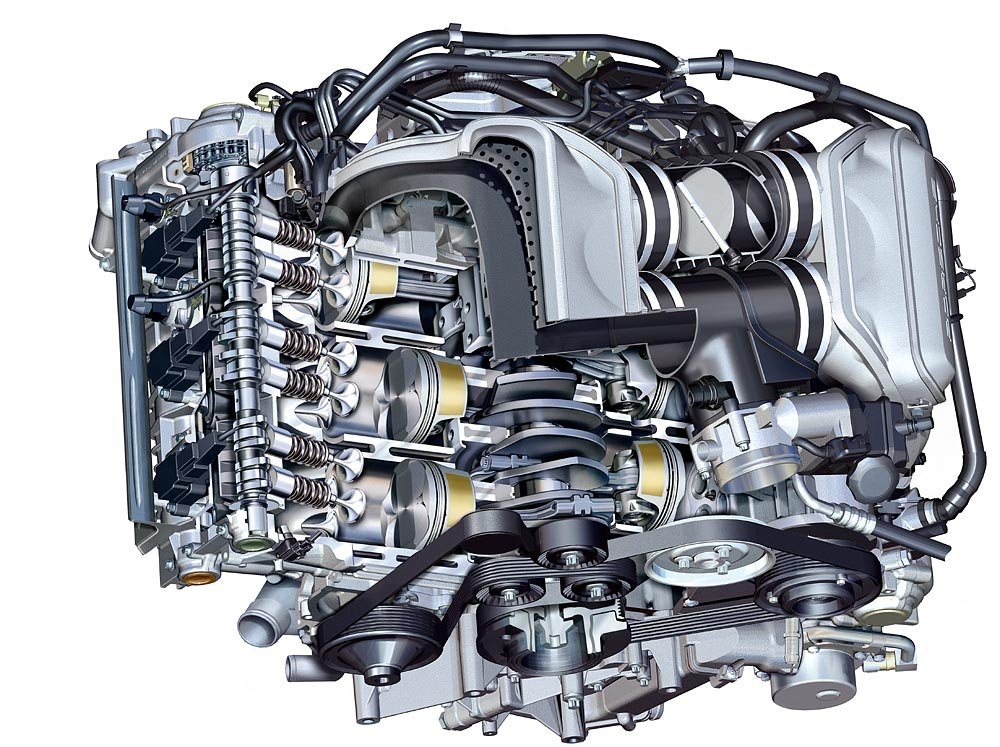
What’s the conclusion? Porsche’s first design of water-cooled Carrera engines was not the greatest success. But they are better than their reputation suggests. There have been engine failures. Depending on the source, the numbers differ greatly. But way less than ten percent of all M96/97 engines have been affected. Everything has gradually sorted itself out over the last ten years. In the meantime, the issue of IMS is hardly an issue any more and, in case of doubt, can be eliminated by preventive measures. Yes, the risk of piston tipping is higher with the M96/97 engines than with the MA1-DFI engines of the 997.2. But that can be easily determined by an endoscopy as part of a pre-purchase inspection.
In general, DFI engines are known to be pretty relieable. However, there have also been isolated cases of piston rings jamming and piston seizure. There is no real numerical evidence as to whether so many fewer DFI engines have broken down. So a good portion of the halo effect plays a role here. The huge outcry, including a class action lawsuit in the USA due to defects in M96 engines at the beginning of the millennium overshadows the many, many problem-free experiences.
The newer Porsche 997 Carrera model is superior to the earlier one in every measurable respect. This is the logical consequence of technical progress. The crucial question, however, is how much of a premium this is worth to potential buyers. After all, we are talking about very minor differences. A few tenths of a second improvement in acceleration, a handful of km/h more top speed and a minimal change in appearance.
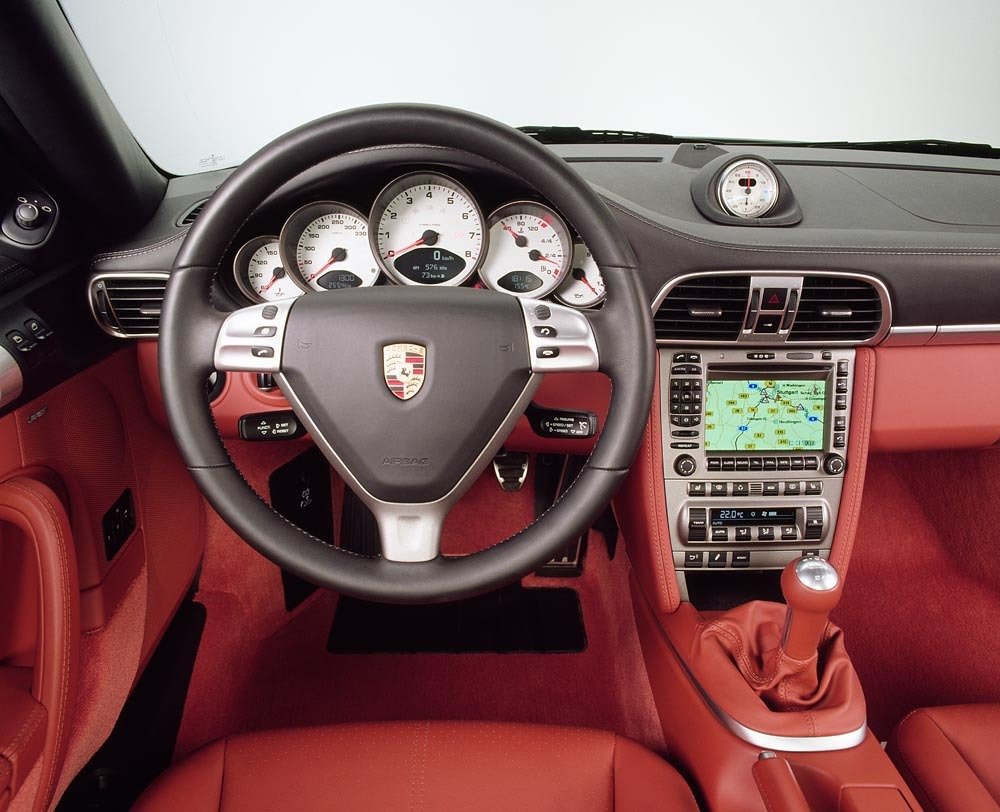
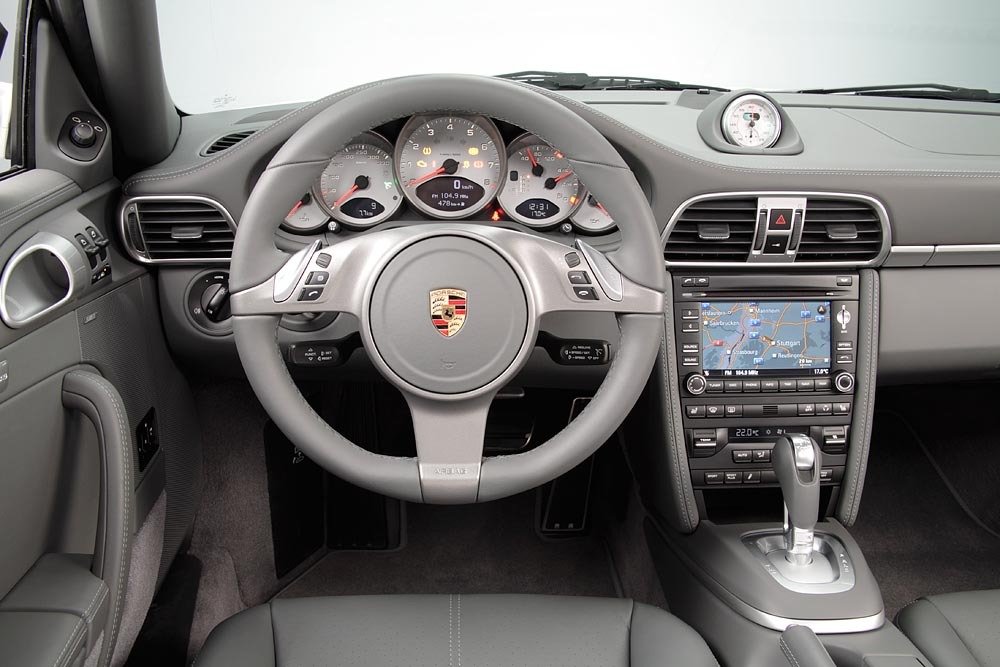
The long-term qualities of both model generations are almost identical. After all, the interior and body only differ in nuances. The chassis and brakes are also little different. It sounds strange with all the technical innovations, but in the end it comes down to the much-cited gut decision.
One thing to differentiate would be the sound. As the 997.1 Carrera (S), especially in combination with a flap exhaust, creates even more emotion. The direct injection in the 997.2 Carrera (S) meant that some of the typical Porsche intake noise was lost. In this respect, the somewhat less pronounced rev-happiness of the older engine is a little easier to get over.
Actually, the pendulum only swings clearly in favor of the facelift model when automatic transmission is mandatory. Although the first-generation PDK in the 997.2 also has its peculiarities, it is significantly more efficient than the torque converter automatic of the Tiptronic S. The sportier the intended use, the greater the difference. However, fans of the shape and sound experience of the 911 who don’t care about the bare figures will certainly be happy with the Tiptronic.
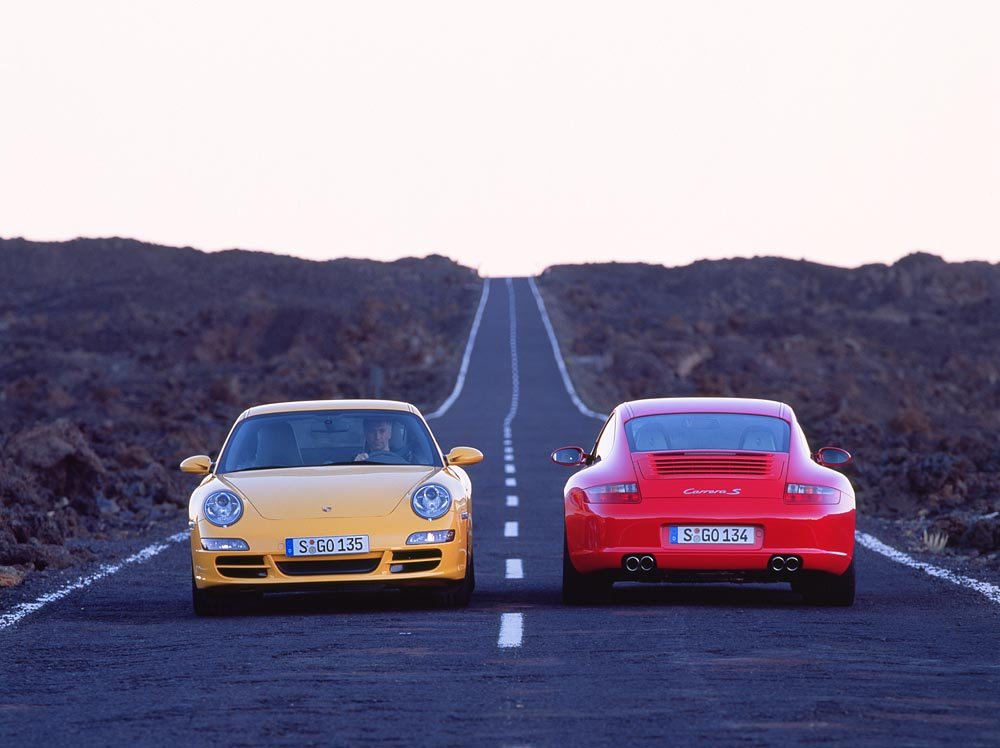
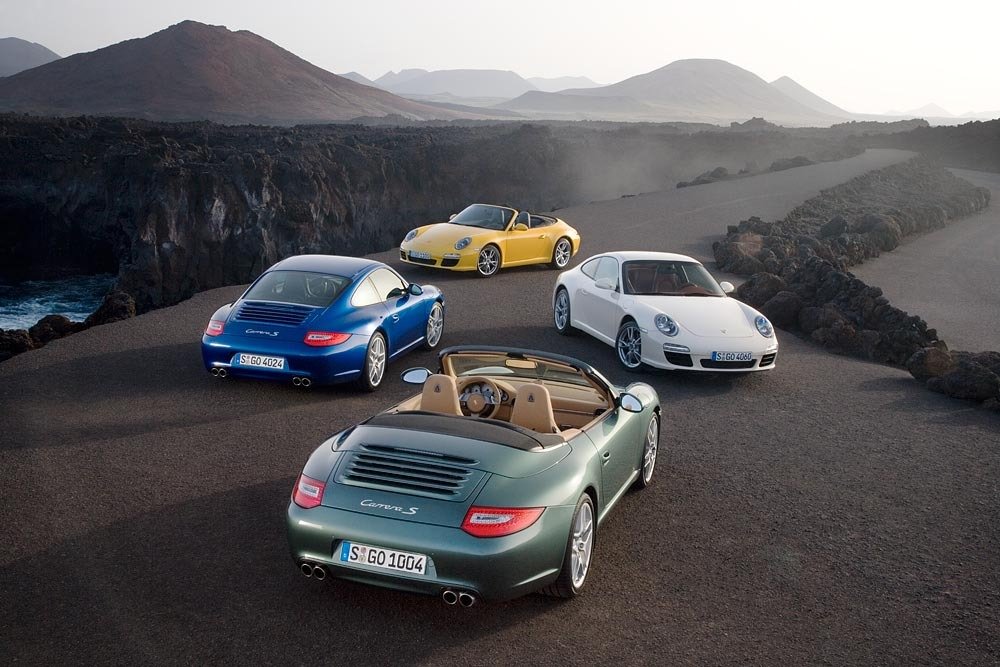
That’s why the Porsche 997.1 Carrera, whether with rear or all-wheel drive, with or without the S, is perhaps one of the last hidden gems in the Porsche world. Experience-oriented pleasure drivers without serious intentions on the racetrack, for whom the prestige of the younger vehicle is less important, could still find something of a bargain in the more modern world of the 911s.
The ten to fifteen thousand euros saved on the Porsche 997.2 Carrera (S) can be used to finance a few road trips, maintenance or upgrades. And that’s what makes the older sixth-generation Porsche 911 cars so interesting. Differences between the 997.1 and 997.2 that can really be experienced behind the wheel are small. Many people would probably hardly notice the difference in a “blind tasting”. Incidentally, the steering wheel can also be retrofitted to the facelift version as a central differentiator.
The question of whether it absolutely has to be a 997.2 Carrera (S) cannot, of course, be answered in general terms. If the budget is just sufficient for the facelift model, it would probably be a better choice to buy a good 997.1. That way, you have some money in reserve for unforeseen events or minor upgrades.
Another question is certainly how market prices will develop in the coming years. The slight upward trend of recent years seems to have cooled somewhat at the moment. However, a drastic fall in prices seems unlikely. If you look at the development of the absolute price difference between the 997.1 and 997.2 Carrera models, however, there is certainly a hint.
While the average difference between the pre-facelift and facelift 997 was closer to 15,000 euros just a few years ago, it is now around 13,000 euros. The 997.1 therefore seems to be catching up with its successor’s prices. This makes the 997.1 Carrera a very interesting tip, especially for newcomers to the world of rear-engined sports cars from Zuffenhausen. Of course, the €10,000 surcharge buys you a little more proximity to the Porsche 991. And perhaps also a somewhat clearer conscience with regard to the technology. However, neither of them is a bad choice.
Elferspot magazine